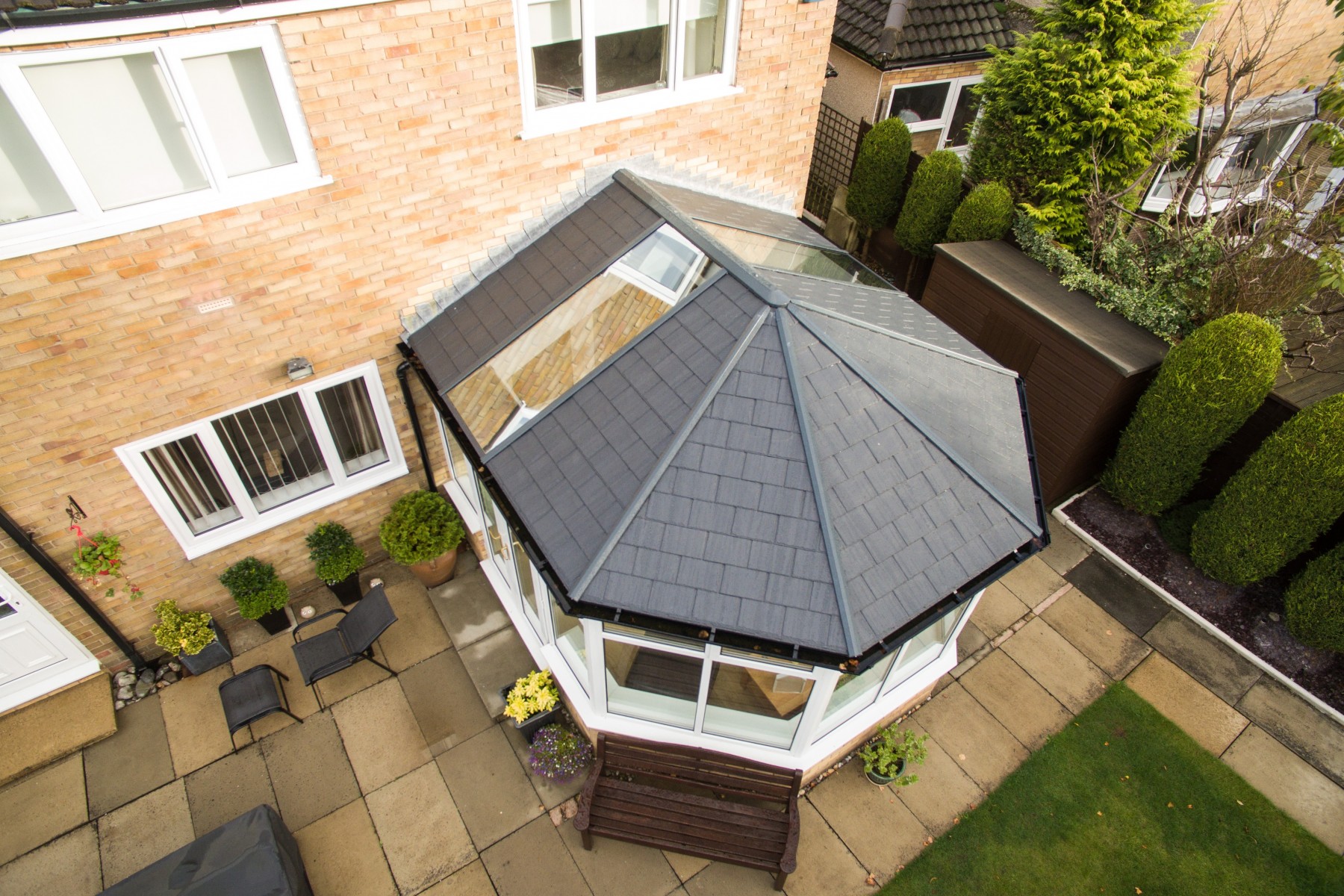
Roof lifespan is largely determined by the type of material used, and also how it's been maintained. In the UK, slate, asphalt and tiles are all common roofing materials. Each has its own lifespan. Slate roofs, for example, can last as long as 100 years with proper maintenance, while tile roofs last anywhere between 25 to 50 years. Asphalt roofs are typically the least durable, with an expected lifespan of 20 to 30 years. Roofs become more vulnerable to weather damage as they age. Cracked or broken tiles, loose slates, and worn-out flashing can allow water to infiltrate the home, leading to leaks and water damage. When repairs no longer suffice, roof replacement becomes necessary to prevent further deterioration and potential structural issues.
In the UK, replacing a roof requires careful planning. This is especially true when selecting materials to meet local weather and building requirements. For listed properties or houses in conservation zones, specific tiles and slates may be required to match the original aesthetic. Beyond aesthetics, the materials must also withstand regional climate conditions, particularly in areas prone to heavy rainfall or strong winds. Homeowners often opt for tiles or slates due to their durability and classic appearance, but modern alternatives such as composite or synthetic tiles are also gaining popularity for their lightweight design and energy efficiency. Roof replacement is a great opportunity to increase insulation, ventilation and reduce energy costs. Good contractors will consider all of these factors and provide guidance for the most suitable solution to each house.
Cost is a major factor in Typical roof replacement prices in the UK, and UK homeowners should be prepared for a wide range of pricing depending on the size and complexity of the job. A typical roof replacement on a three-bedroom semi-detached house can cost anywhere from 5,000 to 12,000, with variables such as material choice, roof shape, accessibility, and required scaffolding affecting the total cost. The cost of labour is usually the largest part, particularly if complications such as chimney flashings, skylights or structural repairs are involved. You should get multiple estimates from roofers who are certified and make sure that they include the entire scope of work, including permits and warranties. Cutting corners in quality or on experience may seem appealing, but it can cause bigger problems later. Choosing a roofer who is a member of professional bodies like the National Federation of Roofing Contractors or TrustMark can offer peace of mind. To receive added details please visit our website

The timing of the roof replacement project can have a major impact on its success. The best times to do such work in the UK are during late spring, early summer or early fall when weather conditions tend to be more stable. Rain and wind can cause delays or complications, especially if large areas of the roof are exposed during construction. Emergency roof replacements can be needed at any time, especially if the roof is damaged by a storm. Planning ahead and booking a contractor in advance can help avoid long wait times during peak seasons. The homeowner should make other logistical arrangements, including informing their neighbours of the upcoming construction, setting aside parking spaces for vehicles and planning for possible noise. With a realistic timeline and good communication, the replacement process can be managed with minimal inconvenience.
One of the key considerations when replacing a roof in the UK is ensuring that the work complies with local building regulations. You may have to obtain planning approval or building regulation approval depending on the property type and extent of work before you begin the roof replacement. In some cases, particularly in conservation areas or with listed buildings, stricter rules apply regarding the materials and methods used for roof replacements. Working with a roofing contractor who understands these rules and regulations is crucial. They can make sure that all requirements are met. Failing to do so can result in fines or the need to undo the work and replace the roof with approved materials.